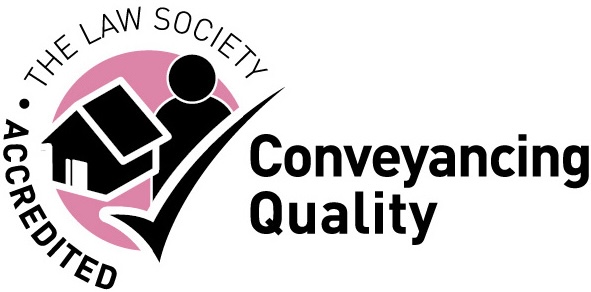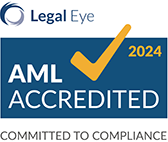Boundary disputes can be difficult to deal with and disagreements with neighbours can escalate if they are not resolved promptly.
Disputes are often over small areas of land, for example, a corner of the garden or the edge of a driveway. The official plans of properties that are available from the Land Registry are rarely detailed enough to help with this sort of disagreement.
Wherever possible, it is best to try and agree on matters informally by talking to your neighbour.
Gathering evidence about the boundary – Dealing with a boundary dispute
The next step in resolving a disagreement is usually to speak to an expert boundary disputes solicitor who will be able to look at the title deeds and any documents referred to in the title deeds to see if there is any information about the boundary.
Other evidence can also be important, including:
- How the disputed area is being used
- How long any fencing, wall or hedge has been in place
- Who has maintained the boundary structure
- What has happened in the past.
Where necessary, a surveyor can be asked to prepare a survey of the area, which can be used when a resolution is found to clearly mark the boundary for the future.
Resolving a boundary dispute out of court
Wherever possible, it is preferable to resolve matters out of court by way of negotiation or by using alternative dispute resolution methods, such as mediation.
This is both faster and more cost-effective than litigation and can also help prevent your relationship with your neighbour from deteriorating further.
Asking an expert boundaries solicitor to represent you will help focus your neighbour’s mind on resolving matters. The strongest possible case will be put to them on your behalf and this can encourage them to take steps to settle the matter.
Litigation is best avoided wherever possible as it can be expensive and can take a long time to reach the point of a final hearing.
What the court will consider if asked to decide a boundary dispute
The case of Acco Properties Ltd v Severn outlined principles that are usually used by the courts when considering a boundary dispute. These are as follows:
- The plans registered at the Land Registry usually only show general boundaries and not the exact boundary line
- Ordnance Survey plans are generally only a rough guide to boundary features. They should not be scaled up to try and show the exact position of a boundary
- The starting point is the wording of any conveyance and plan
- If the conveyance and plan do not make matters clear, then extrinsic evidence can be taken into account, such as features on the ground that were there as at the date of the conveyance
- Evidence of the parties’ conduct can be admissible if it is relevant and demonstrates what the parties intended
- Evidence of features on the ground after the date of the conveyance may or may not be relevant
- It is important to clarify the boundary, rather than leave it ‘fuzzy at the edges’
- Even if the conveyance makes it clear where the boundary is, other evidence can show a different boundary because of adverse possession
- An informal boundary agreement does not need to be in writing because it is not a transfer of an interest in land
- The court should have regard to what a reasonable layman would think he was buying
- Every case should be considered on its facts and the court should take into account all available and admissible evidence
Contact us
If you would like to speak to one of our expert property lawyers about dealing with a boundary dispute or another property matter, ring us on 0333 3055 189 or email us at info@lpropertylawyers.co.uk


